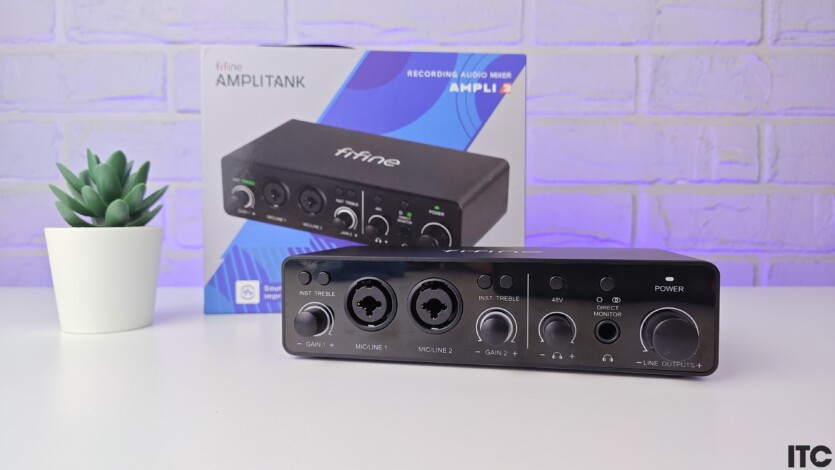
FIFINE is inextricably linked to sound. They produce microphones, for example, FIFINE Tank 3 or FIFINE TAM8 headphones, various sound equipment, and even stream deck. In this review, we’ll take a look at their relatively budget-friendly new audio interface FIFINE Ampli 3. This device is suitable not only for musicians and streamers, but also for various content makers and anyone who wants to have good sound without a proper microphone for recording podcasts, voiceovers, vocals, music, videos, etc.
Content
Technical specifications of FIFINE Ampli 3
| Appointment | For dynamic microphone; for condenser microphone with phantom power |
| Inputs and outputs | XLRJack (6.35 mm) |
| Number of input channels | 2 |
| Bit width | 1624 bits |
| Connection interface | USB-C |
| Sample rate | 44.1192 kHz |
| Number of output channels | 2 |
| Headphone output | 1 |
| Features and capabilities | Direct control of the monitor |
| Body | Metal, plastic |
| Weight | 700 grams |
Packaging and equipment
FIFINE Ampli 3 comes in a small box with a picture of the device itself.
Inside you will find the audio interface itself, a USB-C to USB-C cable with a built-in USB-A adapter for connecting to a PC or laptop, and documentation.
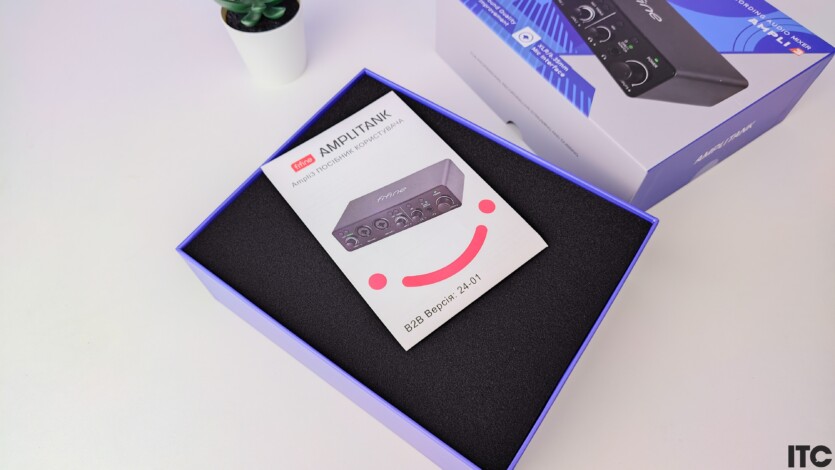
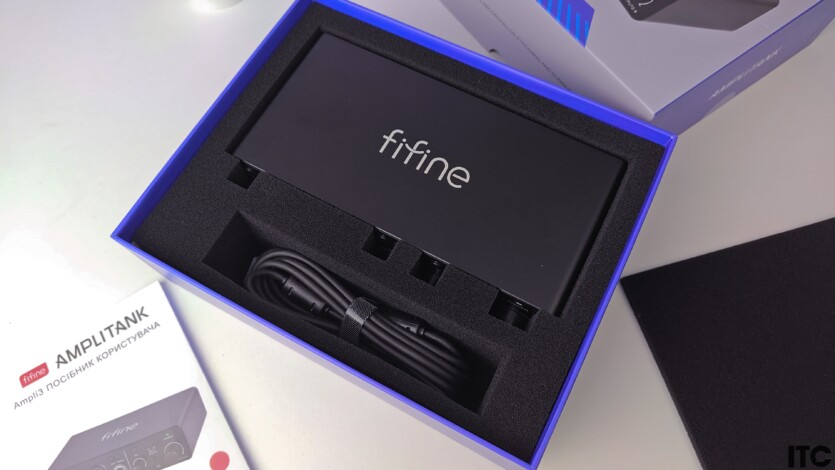
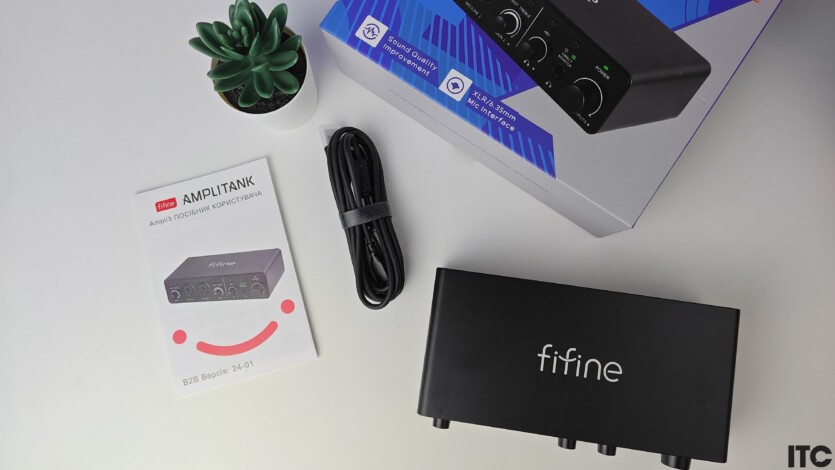
Design and ergonomics
FIFINE Ampli 3 has a minimalist, even ascetic design. There is nothing superfluous or made purely for beauty — every element has a practical application. However, this cannot be said about some of the materials used.
The audio interface has a reliable metal case. But the front and rear panels are plastic, along with the buttons and knobs. And here the main thing is that the manufacturer, for some reason, decided to add glossy plastic to the front and back of the case. Dust gets on them very quickly, and every little scratch and fingerprint is visible.
You can even see it in the photos. I wiped the device thoroughly three times before taking a picture, but if you touch it in the wrong place once or twice, it’s already all scratched and dirty.
The main controls of the audio interface are located on the front panel. These are two combined 6.3 mm XLR/Jack inputs, as well as a gain control for controlling the output of inputs, headphones, and a monitor. They are equipped with a light indicator. Nearby, you can see the phantom on/off button for the device input, the treble activation button, the button for monitoring the sound through headphones, and the button that must be turned on when connecting musical instruments.
On the rear panel, there is a USB-C port for connecting a device, inputs for studio monitors, and Kensington Lock.
On the top there is an inscription FIFINE.
At the bottom we see four round silicone legs.
Features of FIFINE Ampli 3
A pair of combined XLRTRS inputs are suitable for connecting dynamic or condenser microphones (for the latter, there is a 48V phantom power button), musical instruments or a line input.
The declared gain of the input preamplifier is 55 dB. The dynamic range of the inputs is 110 dB. The dynamic range of the outputs is 108 dB. The headphone output
is 32 and 55 ohms. The sampling rate here is 44.1192 kHz, and the sound is 24-bit.
FIFINE Ampli 3 allows the user to do direct sound monitoring. This means that you can insert a microphone into the XLRTRS input and headphones with a Jack connector into a special input for them and hear your voice in real time.
There is also direct monitoring from two channels. For example, you record a song, or two voices, or a podcast. Then you can hear two voices, or two instruments, or a voice and a guitar through the headphones. It’s very convenient.
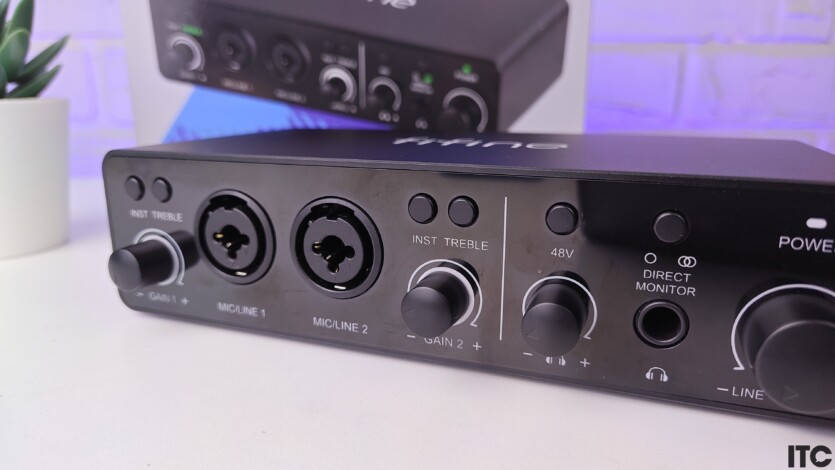
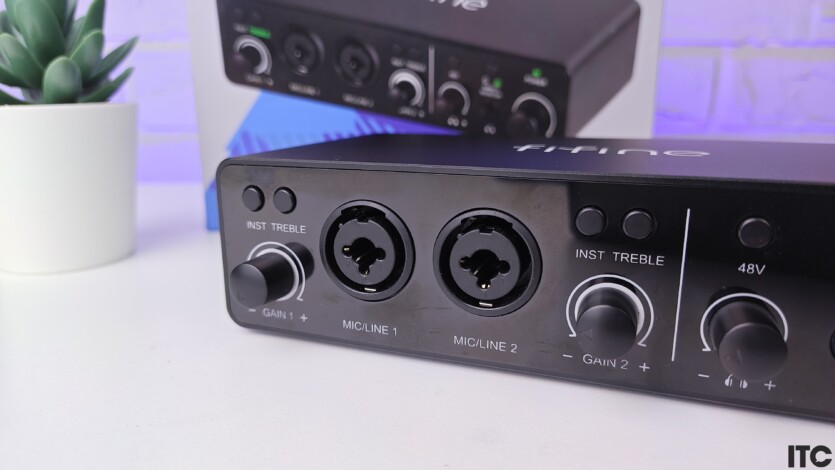

The audio card is equipped with a Treble button. When it is activated, the voice is made higher by hardware. This can be useful for those who have too low a voice, or for those who want to add a little brightness, volume, and color to it. Of course, in this case, it’s a matter of taste, so you have to see for yourself. Some people like it, and some people don’t. For certain types of voices, it will help them a lot, while for others, for example, very high voices, it will only worsen them.
FIFINE Ampli 3 delivers a clear and stable sound. In combination with a good microphone of any supported type, the noise level is very low, virtually inaudible in headphones or during recording. This is important for voice recording, for example.
And although the audio card does not have a powerful preamp built in, the amplification of condenser microphones is enough to make it 50% for loud, high-quality sound. In the case of dynamic microphones, which require more «roll-off», the knob can be turned up from 60 to 80%.
Software
The FIFINE Ampli 3 can be easily connected to a PC or laptop using the included USB-C cable. No drivers need to be installed — the connection is plug-and-play, so the computer and various related programs immediately recognize the device and allow you to switch to it, output sound, channel, etc.
The audio card does not have its own driver and works with the standard ASIO protocol. This means that this audio interface has not received proprietary software. That is, all control is performed from the device itself, manually.
On the one hand, this will be a disadvantage for more advanced users who know how to tinker with the settings of such devices, etc. On the other hand, FIFINE Ampli 3 is perfect for beginners, for whom additional software will be a problem rather than a useful addition.
Experience of using FIFINE Ampli 3
My experience with the FIFINE Ampli 3 has been surprisingly efficient and productive. During the tests, I used this audio interface a lot for various tasks. Except for writing music. I used it and the FIFINE AM8 microphone to talk to my colleagues on Zoom and Google Meet, record video and voice separately.
I like the minimalism in the design of this model, but the glossy front and back panels, as I wrote about above, did not work. The device really needs to be wiped very often, although it almost always stands in one place.
The quality of the plastic spinners is decent, their stroke is a bit elastic, but not too much, so it’s convenient to turn them.
I liked the LED indicators around the channel amplification knobs. They show the channel status in real time. For example, if the voice volume is normal, they flash green to match your voice rhythm. If there is a little bit of overload, they turn orange, and if there is too much, they start glowing red. This helps you monitor your voice or instrument recording in real time and quickly fix things, change things, etc.
The audio card is also really quiet. That is, with a sufficiently strong amplification of the same dynamic microphone by 70-80%, you won’t really hear anything in the background except your voice. This means that no one on the other side will hear you either, and there will be no unnecessary noise in voice post-processing if you are recording video or doing voice-overs or writing vocals.
Price and competitors
FIFINE Ampli 3 is sold at a price from 4988 UAH. If we take this particular model without looking at competitors, then the price tag is really adequate, especially in this budget segment of audio cards. But the thing is that there are more famous models on the market that cost either less, the same, or a little more. However, not all of them have a similar set of ports, etc.
The main competitors of the hero of the review are two models Behringer — Behringer U-PHORIA UMC202HD with a price tag of UAH 3735 and Behringer U-PHORIA UMC204HD (price from 4915 UAH). Judging by the design, the manufacturer of FIFINE Ampli 3 was inspired by them. There is also a popular audio card Focusrite Scarlett Solo 3rd Gen with a price of UAH 4319, but with one entrance, is no less famous Audient ID4 MKIIbut it is more expensive than 6679 UAH.

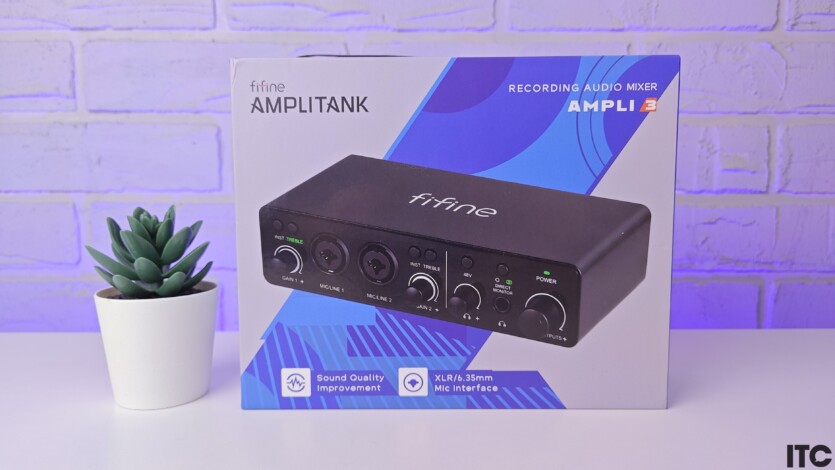
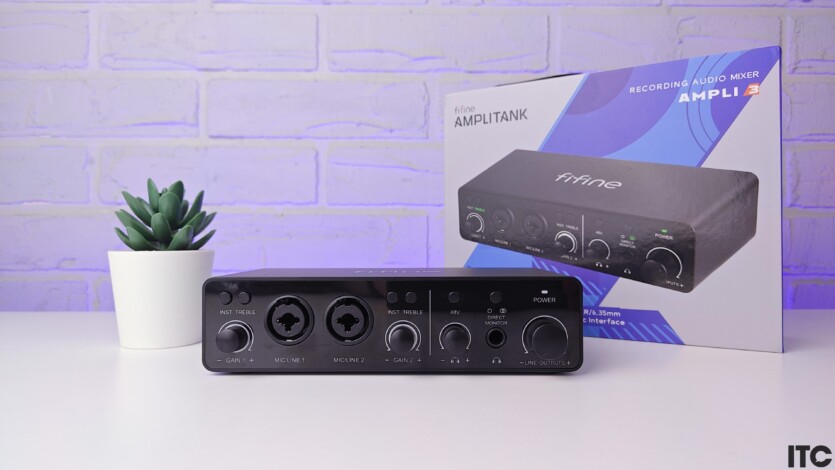

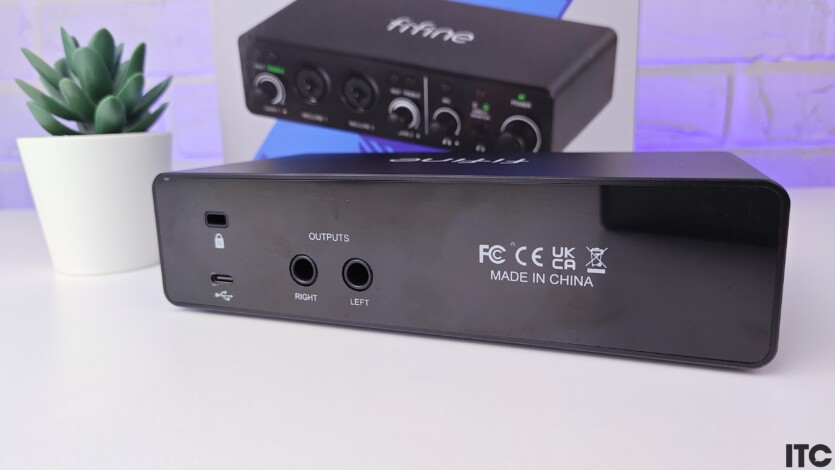
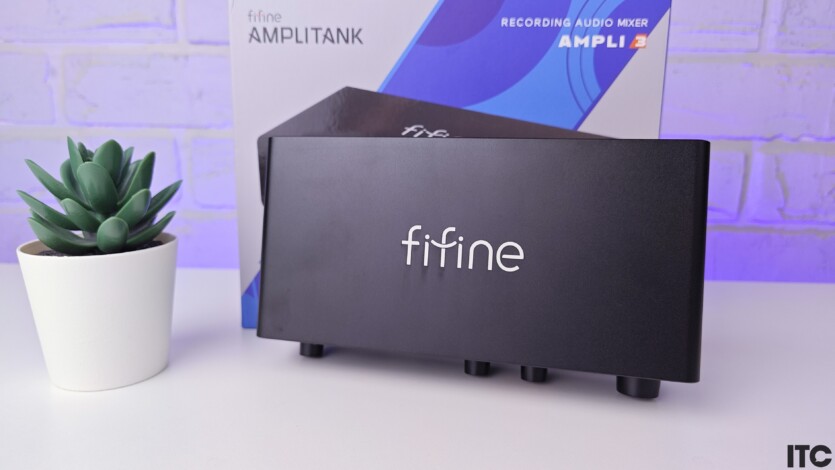
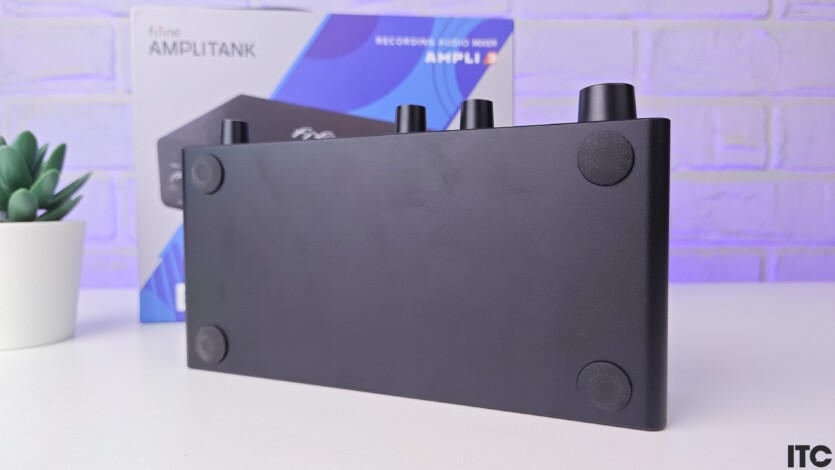
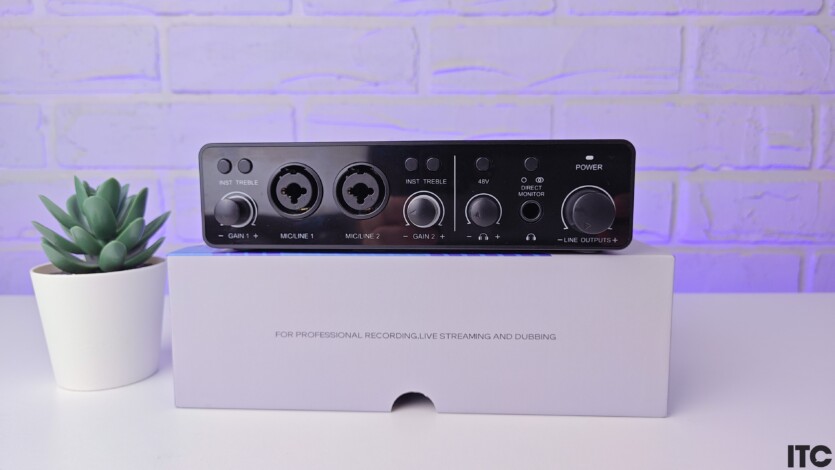
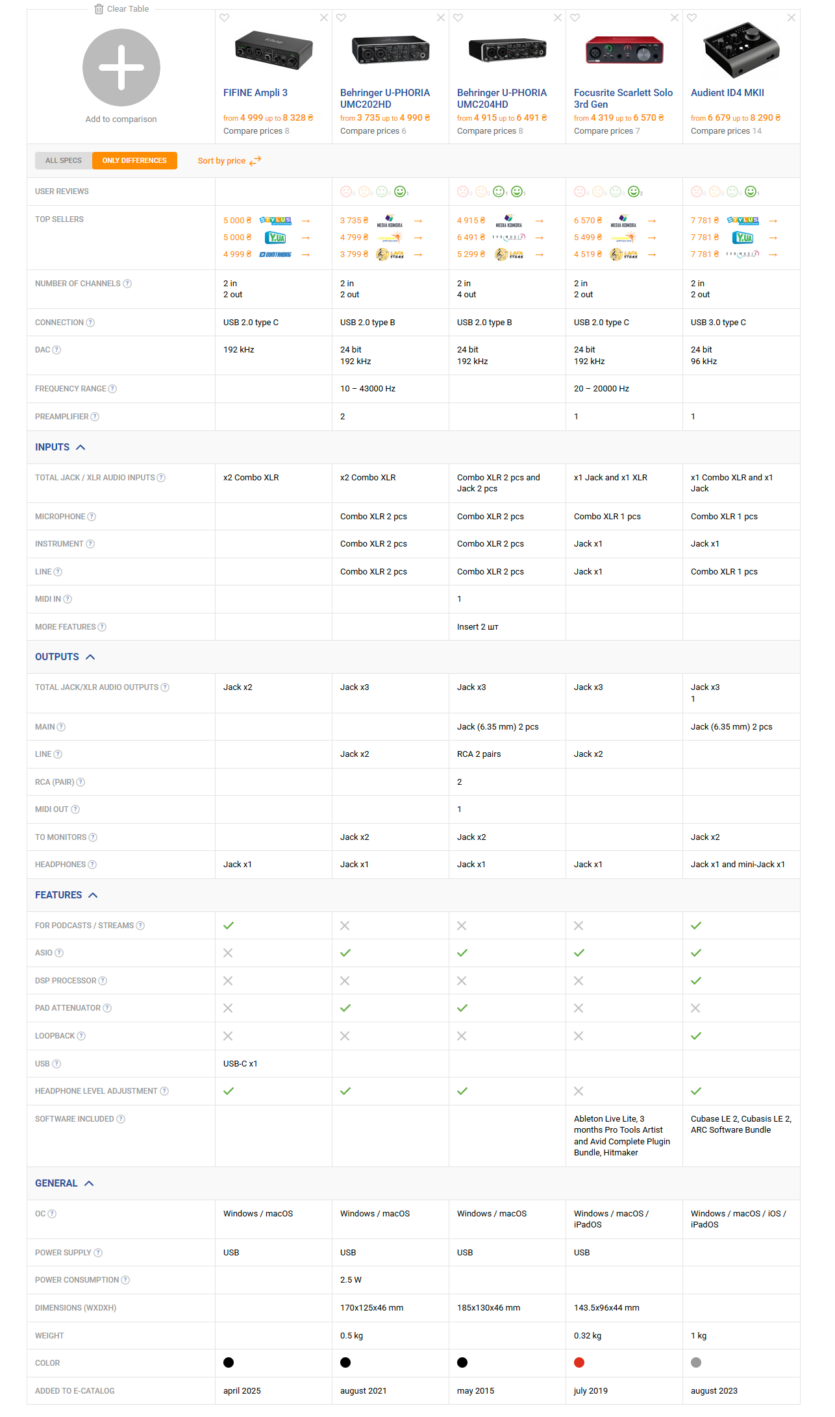
Spelling error report
The following text will be sent to our editors: